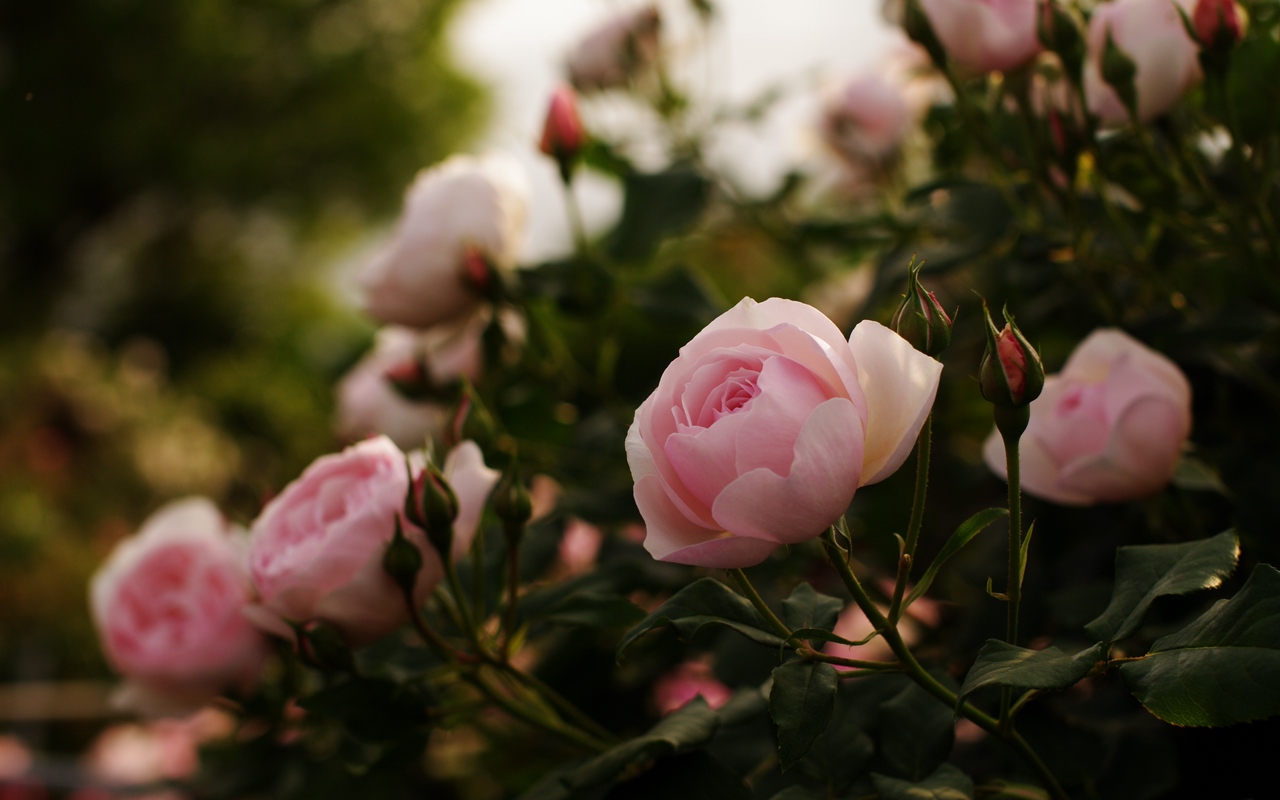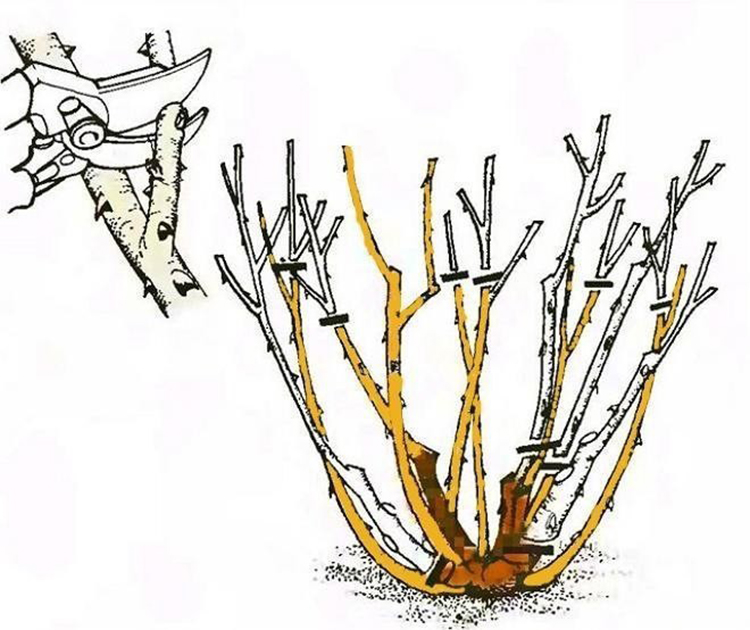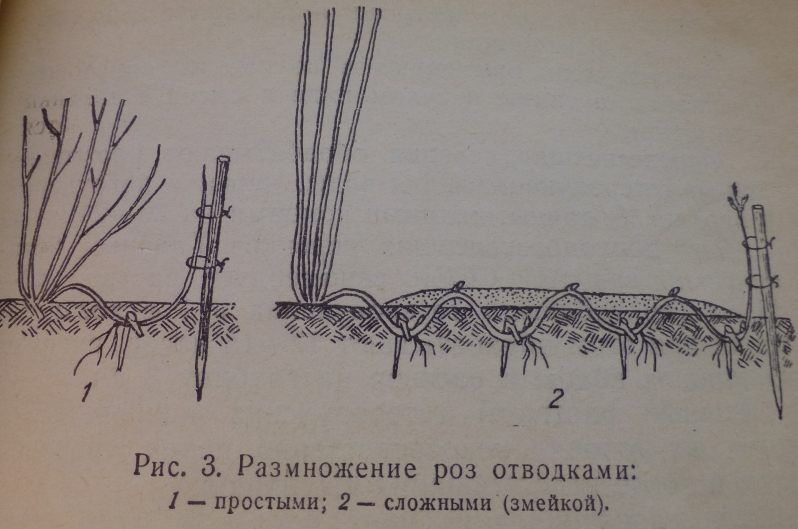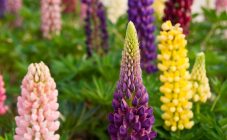Content:
The rose hip rose has existed for tens of millions of years. Today the family includes more than 250 species and 200 thousand varieties. Its name has long mutated from the ancient Persian wrodon to the Greek rhodon and to the final variant from the Romans - rosa. In this material, the secrets of a bush rose will be revealed: planting and care in the open field.
General information about the plant
In regions where the climate is moderately warm, the bush rose can be found even in the wild. At the same time, it is not inferior in its beauty and density of flowering to garden counterparts.
The shrub can take a very different shape, which directly depends on the variety - spreading, narrow, pyramidal, or the like. The height, under the same conditions, varies from 30 to 400 cm. All branches are divided into two types: uterine and annual. The leaves are predominantly elliptical-like.
Shrub rose facts
Before starting to cultivate these wonderful flowers at home or in the country, especially if you don't have much experience with roses, you should familiarize yourself with the nature of the plant:
- This species is highly frost-resistant, but this does not exclude the need to prepare for wintering by wrapping. Hybrid teas and floribundas do not require a lot of material and strength.
- There is an opinion that a bushy rose needs to be looked after often, but this is not entirely true. Everything converges to the banal need for annual crown formation and periodic cleaning from dead branches. Complementary foods will not be superfluous.
- In the autumn, pruning of re-flowering shrubs is required. It is worth noting that not all types belong to them.
- The stems of the plant are full of thorns, the wounds from which heal for a long time and are very unpleasant.
- Climbing bush rose can be grown as a hedge, but this venture will be more successful if the basis is a large chain-link or a wooden frame.
- Home mini-shrubs require a maximum of 60 cm between each other. They are often planted with a pot in the ground, and taken away for the winter.
- Large species look great in single or complex plantings, but when planning a rose garden, you need to observe up to 1.5 m within a radius of each "tenant".
Having decided on the purpose of the flower and the variety, it remains to choose the right source so that a beginner could grow a healthy plant.
Buying a spray rose
A lot, if not all, depends on the quality of the seedling. Definitely, if you buy a sick plant, nothing worthwhile will come of it. Additionally, many factors are taken into account: soil characteristics, rose variety, climatic conditions of the region, the need for additional care.
It remains to clarify some points:
- In the store / market there are grafted seedlings or on their rhizome. You need to find out in order to understand which plant the cuttings root has taken root on.
- Age - experts recommend taking young animals from 2 to 3 years old. He is strong and will definitely survive the coming winter.
- The seedling at its root is weaker in development and needs a long period of adaptation, building up the system underground. Such flowers require special care for the first year of existence in a new place. They often die at the first frost.
- An open-rooted rose should have a few fully lignified stems, with the rest fresh and uniform. No wrinkled structure - this indicates drying out and even some diseases.
- Healthy plant: no spotting, well-developed roots and stems, dormant buds.
The need for long-term transportation of the seedling determines the appropriate conditions: the root is in water or wrapped in a damp cloth, shoots in wet paper, and the entire seedling in polyethylene. In this state, a week can pass without harming the health of the rose.
Shrub rose: planting and care in the open field
Buying a bushy rose (planting and care is carried out exclusively in the first half of autumn), preferably in September.
A bushy rose is photophilous and a well-lit, but shaded place at lunchtime will be optimal for it. In this area, flowering lasts as long as possible. Future housing should not be located in the lowlands, otherwise the bush will rot.
Consider protection from strong winds during the adaptation period, especially from the north.
Never plant a rose in a place where its brethren in appearance have already lived.
Seedling preparation:
- With a sharp, sterile instrument, you need to trim healthy roots and completely get rid of dried ones.
- They should also shorten the hatched shoots - up to 20 cm.
- After cleaning, but before planting in the ground, the rhizome must be kept in water at room temperature.
How to prepare a place for a bush:
- The fossa is rounded, up to 50 cm in diameter, but 10 cm deeper than the root height along with a lump of soil.
- Loosen the bottom with a pitchfork.
- After planting, the graft should be no deeper than 4 cm from the surface.
- Before backfilling, mix the remaining soil with compost 3: 1 and add a handful of wood ash.
- For 10 liters of water, use 1 tab. heteroauxin and pour the liquid into the pit.
First, a plant is lowered into the hole, and then it is only covered with a substrate. In this case, the rose should be held by the stem.
After planting, the place must be compacted, forming a circular roller of the ground with a radius of 30 cm.
The second watering is carried out no earlier than 2 days of dry weather.
Prepare for autumn planting in 8 weeks.
If the groundwater passes close to the surface, you need to make a curtain of soil mixture ideal for the selected rose variety.
Shrub roses: care and cultivation
For the entire first year, you need to pinch the tips so that the bush is as full as possible. The buds will have to be cut off immediately after they appear until mid-summer. Then all newly formed flowers are removed. Only under such conditions will the plant become strong and there will be no problems with growing in the future.
The rose is very hygrophilous, but if it grows in a lowland, it can rot. Only planted bushes are watered every two days in dry weather. In spring, watering is abundant due to the active growth of young growth and foliage.
Systematic feeding is not necessary in the first year, but then fertilization should take place according to the following regime (per 1 sq. M):
- In the spring, with active growth - 20 g of ammonium nitrate and ammonium sulfate. Repeat after 2 weeks.
- During the formation of buds - 30 g of superphosphate per 30 g of ammonium nitrate and 10 g of potassium salt.
- After flowering and before woody stems - superphosphate and potassium salt (40 g).
As an organic matter, roses are fond of chicken droppings, slurry and wood ash.
Features of planting bush roses in the Moscow region, Siberia, in the Urals
The difficult and harsh climate of the northern regions is not able to withstand all roses. In this case, the main thing is to choose the right variety: Rosarium Uetersen, New Dawn, Golden Celebration, William Shakespeare 2000, Westerland.
Suitable for the Moscow region: Irish Eustoma (Estoma), Ruscus, Charles Austin, Alexander Kent, Crown Princess Margareta, Rose Claire Austin.
In the spring they are planted at a soil temperature of +8 to +10 degrees, around the end of April, and in the fall - at +4 degrees of air. But experts recommend keeping the seedlings until spring. The site should be elevated, located on the south side and protected from drafts.
If the climate of the region is very capricious, it is better to consult a specialist before choosing a variety for the garden.















